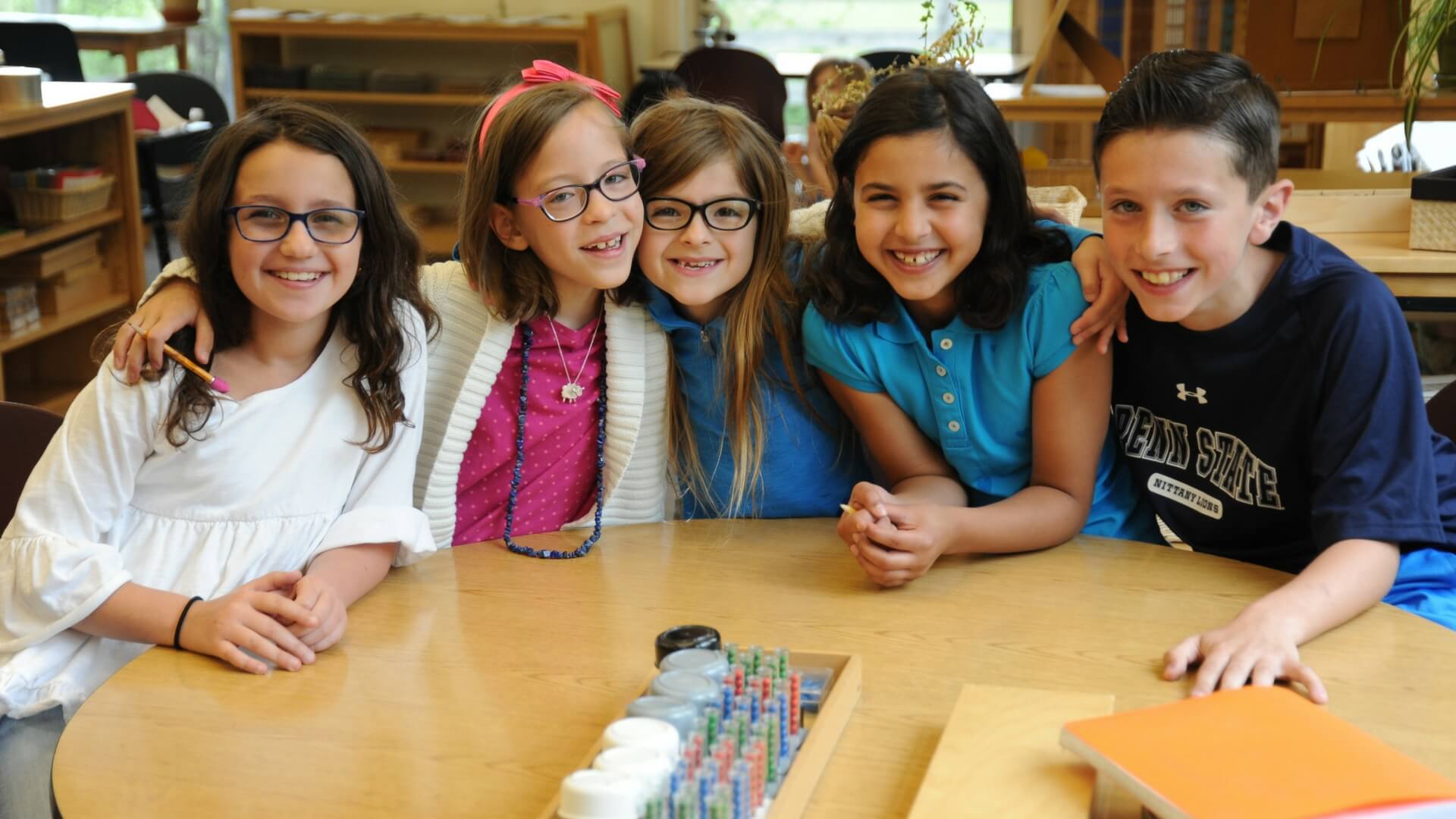If you believe what you see in the media, you might expect children in the Second Plane to be just plain awful, disrespectful and limit-testing and unkempt and chaotic. There’s some of that, to be true, for important developmental reasons. But the same phenomena of development that make children in the Second Plane so distasteful sometimes also supports some really lovely expressions of empathy.
In earlier development, children may have been capable of emotional contagion, picking up emotional states from other children around them, or of early empathetic response, being able to identify sadness in others and want to alleviate that. Now, in addition to these initial indications of children’s essential kindness, children have developed the capacity for perspective-taking, able to imagine what it is like to be the person who is hurting and to make sense of the complicated context for that distress. It’s no small feat. Perspective-taking requires sufficient abstract thinking for children to be able to imagine clearly all sorts of factors that are not present in the concrete environment: the causes and effects of distress, the unique emotional lens of the person involved, the personalities involved, the preferred means of consolation evoked by all of those, and more. Children’s ability to understand the experiences of other people, lived or fantastic, is itself quite a complicated development. Don’t be surprised if it doesn’t demonstrate itself on the same timeframe for all children.
But do know that, despite what you see in the movies, children between the ages of 6 and 12 are both naturally empathetic and, more importantly, driven by their social engagements in a way that makes empathy personally important. These are the children who will first take note of injustices, who will want “someone to do something,” who will defend the outsider and want to make sure the world is fair. Give them the time and the space to do so. In groups, when they have the social power to derail your best intentions, they may look like they’re more interested in being goofy than being kind. Know that that’s predictable, too. There are some ways you might be able to see more empathy, though:
1. Consider your pacing, just as you did with younger children. Give children the time to process through what they are observing and to make sense of the challenges they see around them.
2. Model kindness and a culture of caring. Children at this age will be interested in all the ways in which people are included or excluded from our society. Be attentive to your language and your behavior regarding people in need.
3. Be prepared to counter the snap-to-snark responses you might see in children this age. Because children are testing their ability to influence their immediate groups, they are sometimes harsher than you might expect, offering critical judgments of people they see around them or snarky commentary. Instead of reprimanding a child’s sharp-tongued criticisms, counter with kindness. Imagine a child who complains about a conflict with another child at school. Instead of telling them to, “Be nice!” try, “I understand your perspective. I wonder if Stella sees it the same way. How do you think she’d describe this?”
4. Support children’s sensitive feelings: Children at this age feel deeply. Try to avoid dismissing those feelings and, instead, support the child as they learn how to regulate what they feel. “You’re right. It isn’t fair. Do you want to talk about how that feels?” You don’t have to change the outcome of the event a child is reacting to in order to affirm their strongly held convictions about the event itself. And by making space to talk through even those issues that cannot be changed, you remind the child that their perspective and voice will be heard.
5. Notice when it’s going well. Affirm for children those times when you see their kindness in action and specify what it is about their behavior that’s made for your home or classroom to function better. “Thank you for helping to set the table. When we work together, we have more time to enjoy each other’s company.” Simple acknowledgments go a long way at this age to integrate empathetic practices into your environment. Saying, “Please,” and “Thank you,” earnestly, or noticing children’s contributions takes very little time with great benefit.
While empathy may sometimes get overshadowed by the bawdy humor and bodily functions of Elementary-aged children, it’s still there. Challenge yourself to look for it, affirm it when you see it, and let it be integrated as a balance to the more challenging social norms that children simultaneously need to explore at this age. Don’t expect less empathy from the Elementary-aged child. Under all that mud and behind the snark, it’s there, and it’s not too hard to find.
This post first appeared on Montessori Daoshi.


